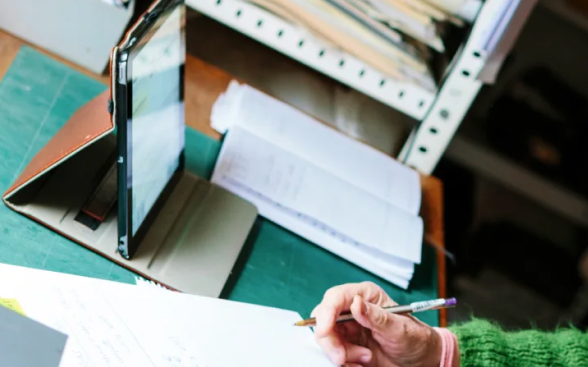Menu

* A Grant DOI (digital object identifier) is a unique, open, global, persistent and machine-actionable identifier for a grant.
India has one of the largest school systems in the world, serving approximately 250 million students. Approximately 69% of these schools are free, public institutions, incurring a significant financial burden on the government per student.
Private schools account for 29% of the schools in India and approximately 50% of students across the country. While these schools typically yield better academic results, they face criticism for catering primarily to students from affluent socioeconomic backgrounds.
In 2009, India passed the Right to Education Act mandating private schools reserve 25% of their entry level seats for students belonging to the Economically Weaker Sections (EWS) of society. Tuition fees for these students are reimbursed to the private school at a lower rate than regular fee-paying students or per child expenditure incurred in government schools. These reserved seats, determined through a lottery system, form the world’s largest school voucher program.
Led by Ghanshyam Sharma at the Centre for Civil Society, this project aims to examine how this regulation has affected learning outcomes. The research will encompass over 10,000 Grade 3 students across two cities in India, assessing learning levels of students and collecting survey data from parents on socioeconomic indicators such as family income, parental education, children's extracurricular activities, and overall satisfaction with schools. The researchers will choose cities for the study that offer contrasting reimbursement rates to private schools for EWS category students — one city where the reimbursement amount exceeds the national average, and one where it is below. The study will categorize participants into five groups for comparative analysis: lottery winners at private schools, lottery losers at government schools, lottery losers who attend private schools but pay from their own pocket, students who do not opt for the lottery (non-EWS) and attend private schools by paying the fees, and those who do not apply for the lottery and do go to public schools.
